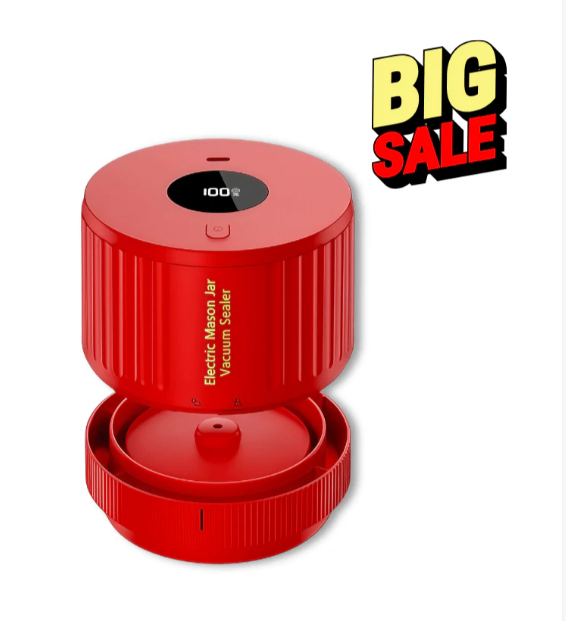Companies often explore versatile applications for their kitchen tools. A common question arises regarding the heiyo jar vacuum sealer: can this device be used for traditional canning processes? It is essential to clarify the fundamental differences between these two food preservation methods. Using a vacuum sealer for canning introduces significant safety risks that every companie must recognize.
The Process of Canning Requires Specific Conditions
Canning is a preservation technique designed to destroy microorganisms and create an airtight seal through heat processing. This process typically requires submerging jars in boiling water or using a pressure canner for low-acid foods. The objective is to achieve a high temperature that eliminates potential pathogens like botulism. A vacuum sealer for food does not generate the necessary heat to make canned goods shelf-stable and safe for long-term storage.
How a Jar Vacuum Sealer Functions
A heiyo vacuum sealer for jars works by mechanically removing air from a specially designed lid on a glass jar. This creates a vacuum that helps to preserve the freshness of contents already inside. This vacuum sealer is excellent for extending the life of dried goods, leftovers, or pre-opened items in the short to medium term. However, the seal is not achieved through thermal processing and does not sterilize the food.
Prioritizing Safety in Food Preservation
Attempting to use a jar vacuum sealer as a substitute for canning is not advisable. The two methods serve different purposes; canning is for long-term preservation of fresh food, while vacuum sealing is primarily for freshness extension. Relying on a vacuum sealer for canning procedures could lead to food spoilage and serious health concerns due to a lack of sterilization.
Understanding the distinct roles of each tool ensures that heiyo products are used effectively and safely. A vacuum sealer is a powerful tool for reducing waste, but it operates within a specific scope that does not include the canning process. Proper application guarantees the best outcomes for food quality and consumer well-being.



